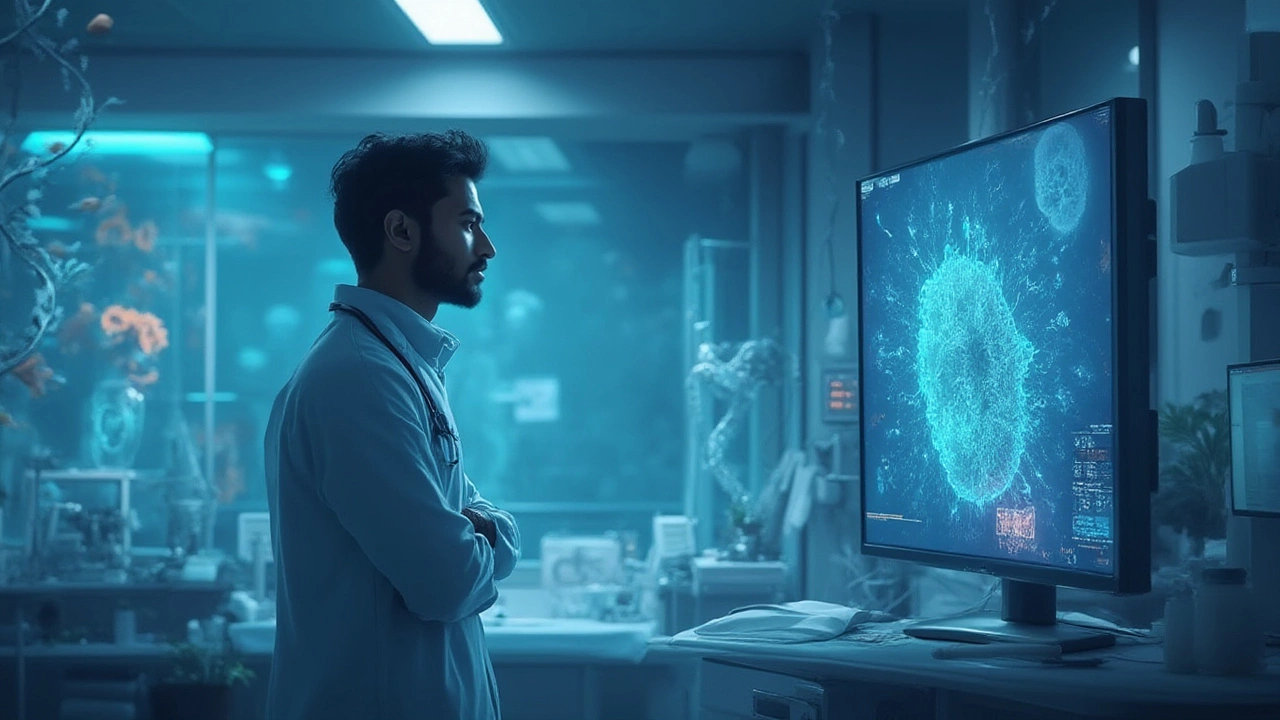Incurable Cancers – What You Need to Know
When you hear the word “incurable,” you probably picture a hopeless situation. In reality, the picture is more layered. Some cancers still have no cure, but that doesn’t mean there’s nothing you can do. Knowing which cancers fall into this group, why they’re so aggressive, and what steps you can take today can make a huge difference in quality of life and even survival.
Why Some Cancers Remain Hard to Beat
Most incurable cancers share a few key traits. They tend to spread (metastasize) early, hide in places where surgery or radiation can’t reach, and often develop resistance to standard drugs. Pancreatic, brain (glioblastoma), and certain lung cancers are prime examples. These tumors grow fast, and symptoms appear only when the disease is already advanced, which is why stage 3 or stage 4 diagnoses are so common.
Another factor is the tumor’s micro‑environment – the surrounding tissue, blood vessels, and immune cells. Some cancers create a shield that blocks the body’s natural defenses and blocks medicines from working effectively. That’s why researchers call them “hard‑to‑target.”
Even with cutting‑edge treatments, the body’s overall response varies. Age, overall health, and genetics all play a role. So while a cure may be out of reach now, personalized care can still shrink tumors, relieve symptoms, and extend life.
What You Can Do Right Now
First, get checked early. Even a simple blood test, imaging scan, or a quick doctor’s visit can catch warning signs before the cancer spreads. If you have a family history of pancreatic, ovarian, or lung cancer, ask your doctor about genetic screening – it might open doors to early‑stage trials.
Second, consider clinical trials. New drugs, immunotherapies, and gene‑editing techniques are constantly being tested. Joining a trial gives you access to treatments that aren’t widely available yet and helps the scientific community learn what works.
Third, focus on supportive (palliative) care. This isn’t just end‑of‑life comfort; it’s an active approach to manage pain, breathing issues, and emotional stress. A palliative team works alongside your oncologist to keep you as strong and independent as possible.
Fourth, adopt lifestyle habits that boost your body’s resilience. Regular, moderate exercise improves circulation and immune response. A balanced diet rich in fruits, vegetables, and lean protein helps maintain weight and energy levels, especially important when treatment causes appetite loss.
Finally, lean on community. Support groups, both online and offline, let you share experiences, learn coping tricks, and reduce the feeling of being alone. Talking to a counselor or therapist can also ease anxiety and depression, which are common in long‑term cancer journeys.
While the term “incurable” still carries weight, it’s not a sentence. Early detection, trial participation, solid supportive care, and a healthy lifestyle together create a roadmap that can lengthen and enrich life. Keep asking questions, stay proactive, and remember that many patients today live months or even years beyond what older statistics predicted.

